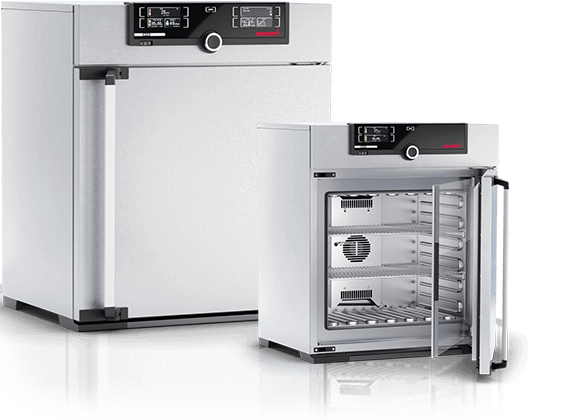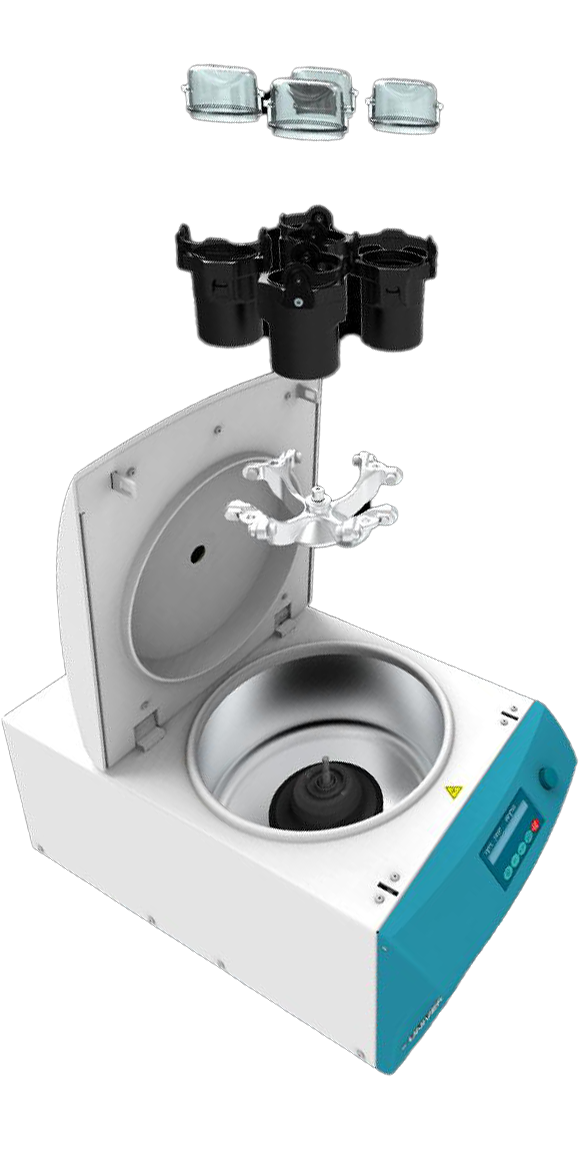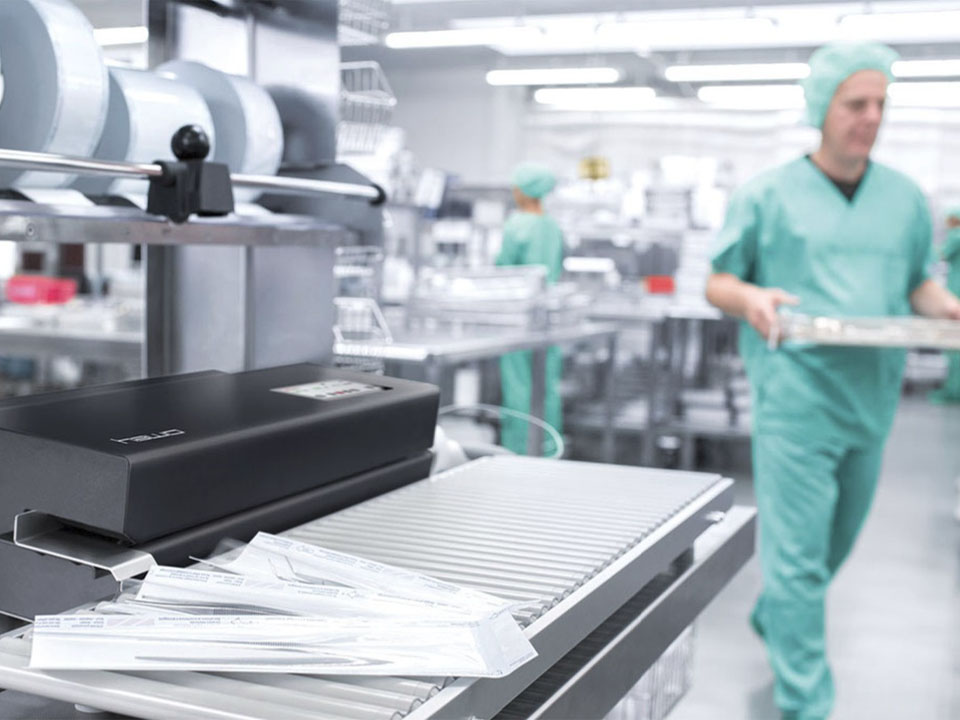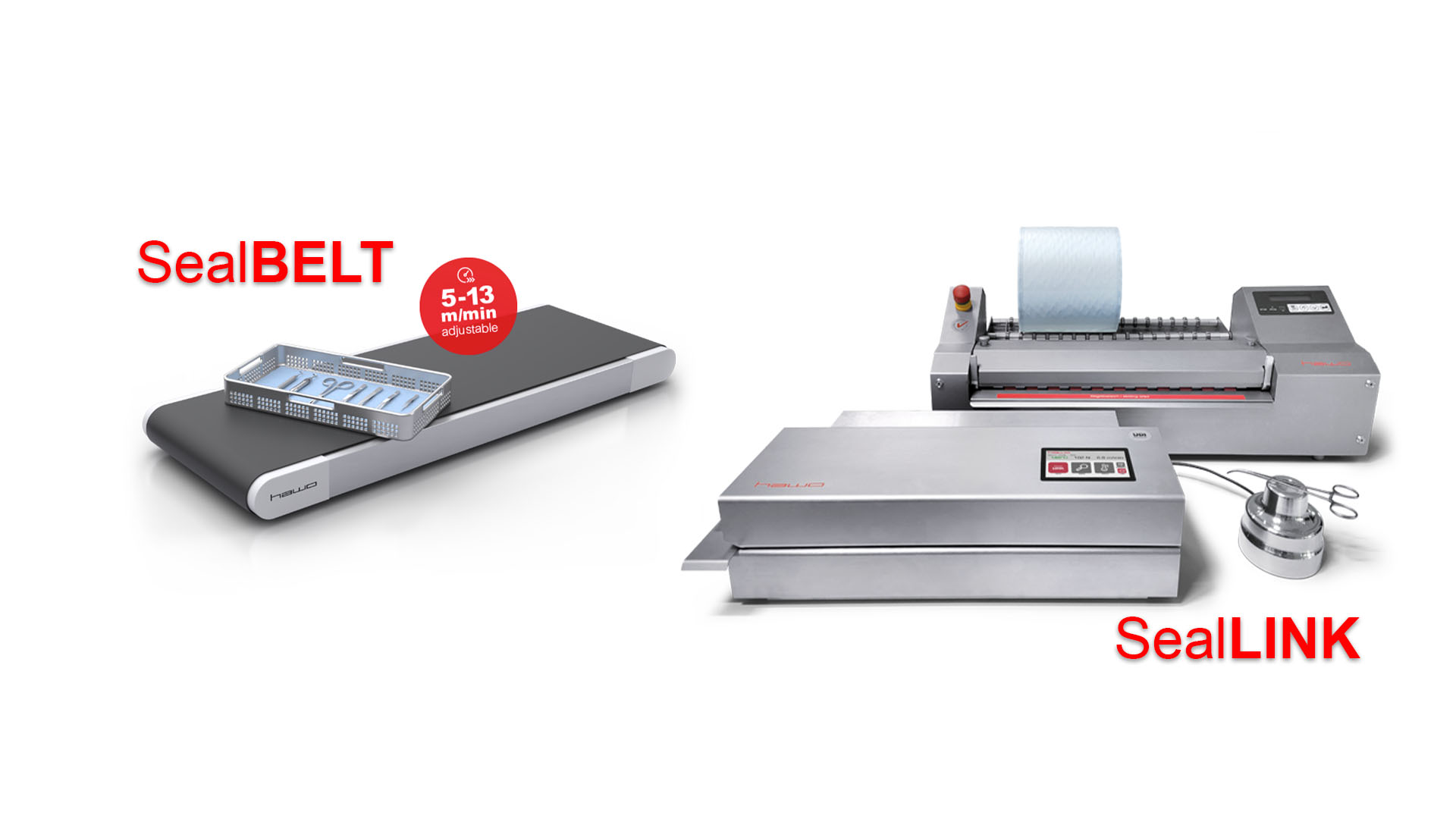Compliance in your laboratory is an ever changing and fluid thing. New directives replace old ones and the demands of the external auditor seem to be increasing year after year. Sterile services departments are no exception. Times are changing and it’s time to understand what will be expected of you in your department. Introducing the Medical Device Regulation (MDR)…
So what exactly is this new regulation?
The new Medical Device Regulation (MDR 2017/745) will replace the current Medical Device Directive (MDD 93/42/EEC). MDR is much stricter than MDD and requests that the entire sealing process should be validated. MDR will be obligatory for all sterile service departments from the 26th May 2020.
What you need to do
If you have a heat sealer where you can validate the three vital sealing parameters (temperature, speed and pressure), then you do not need to worry as your sealer is already compliant.
However, if your sealer cannot validate all three parameters, you will either need to set in place additional procedures that demonstrate your equipment complies or you will need to replace your existing heat sealer.
So what could these ‘additional procedures’ involve?
Many sterile service departments use a range of validation techniques to ensure their heat sealer complies. This could include any one or combination of the following:
Daily seal checks
Before the working day begins, a user will perform a daily seal check. This looks like a small black sheet of paper which goes into the unsealed pouch and then is passed through the heat sealer. The black paper shows up any creases or defects in the seal.
Pouch destruction test
Every three months, the user seals ten pouches and posts them to our testing laboratory. We will then perform a peel test on each pouch measuring the amount of force required to pull the seal apart. The results are recorded and a certificate is issued to ensure you comply.
Ink testing
At regular intervals, say every day or week, the user can perform an ink test. This is where a little sachet of blue or red ink is placed in the pouch. The pouch is then sealed and the sachet is burst. The user can then check all four sides of the pouch. If any of the ink seeps through the seal, then the user is alerted to a problem.
Of course, the easiest way to comply with the MDR is to simply have a heat sealer which complies. This saves time and money in having to perform other checks to keep your external auditor happy.
How do I know if my heat sealer complies to MDR?
If you have a Hawo heat sealer, there will be a letter ‘V’ at the end of the model name. This can be found on the instrument rating plate. The below image illustrates where you will find this information.
If you have a heat sealer from another manufacturer such as Famos, Gandus or Getinge, please contact us and we would be happy to advise as to whether your heat sealer complies.
On-site UKAS calibrations with Henderson Biomedical
Although not part of the MDR, choosing a UKAS calibration gives you the added assurance that your heat sealer is performing as it should be. Given that sterile services is such a critical component in the fight to avoid healthcare associated infections (HCAIs), UKAS calibrations could become a mandatory requirement for your laboratory in the future.
A sterile service department with a an MDR compliant heat sealer combined with annual UKAS calibrations will demonstrate a higher level of compliance. Call our team on 020 8663 4610 or email us at info@henderson-biomedical.co.uk to see how we can help you.









